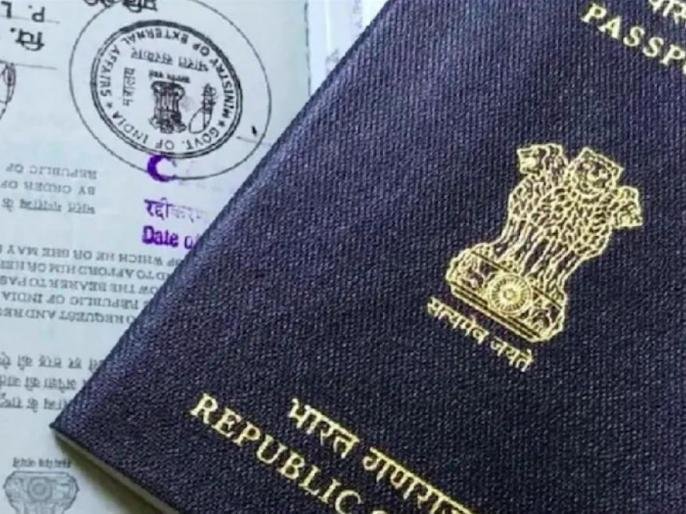As part of the Passport Seva Programme (PSP) Version 2.0, India began issuing biometric e-passports on April 1, 2024, in 12 pilot cities. This move marks a strategic shift toward modernising the country’s travel infrastructure in line with global standards set by the International Civil Aviation Organisation (ICAO).
Unlike traditional passports, e-passports contain a secure RFID chip that stores digitally encrypted biometric data — including fingerprints, iris scans, a digital photo, and key demographic details. These embedded features not only make it difficult to counterfeit passports but also allow automated verification at immigration checkpoints, cutting down on wait times and reducing reliance on manual processing.
Pilot issuance began in cities such as Chennai, Jaipur, Hyderabad, Nagpur, Goa, and Amritsar, with Chennai emerging as an early adopter, having already issued over 20,700 e-passports by March 22, 2025.
ALSO READ: FCRF Launches Campus Ambassador Program to Empower India’s Next-Gen Cyber Defenders
Where and How the Rollout is Happening
The government has strategically chosen a diverse mix of Tier-I and Tier-II cities for the pilot phase:
- Chennai
- Jaipur
- Hyderabad
- Nagpur
- Amritsar
- Goa
- Bhubaneswar
- Jammu
- Shimla
- Raipur
- Surat
- Ranchi
Each city’s Regional Passport Office (RPO) has been equipped with the necessary digital infrastructure and trained personnel to ensure a seamless rollout. Applicants applying for either a new passport or a renewal in these cities can now opt for the e-passport, following largely the same process — with the added step of biometric data collection during the appointment.
According to the Ministry of External Affairs, the initiative will expand to more cities in Tier-II and Tier-III categoriesover the course of 2025, forming a backbone of India’s broader Digital India mission.
Why e-Passports Matter for Indian Travellers
For millions of Indian travellers, this shift is more than just technological—it’s practical.
Key Benefits:
- Faster immigration processing at international airports with e-gates
- Automated identity verification, reducing human error and fraudulent use
- Enhanced document security through encrypted chips
- Globally compatible format, easing access across ICAO-compliant nations
- Reduced dependency on physical documentation, streamlining travel
For business travellers, frequent flyers, and international students, these changes promise time savings, greater peace of mind, and fewer bureaucratic hurdles.
The move also positions India among a growing number of countries—including the US, UK, Germany, and Singapore—that have adopted biometric passports as part of their standard travel protocols.
Challenges and The Road Ahead
While the pilot rollout has been largely smooth, officials admit that a nationwide implementation will require significant logistical coordination. Infrastructure upgradation, staff training, digital awareness campaigns, and robust cyber-security measures are critical to the success of PSP 2.0.
A senior official from the Ministry said:
“We are focusing on infrastructure and training in pilot cities to ensure a seamless rollout. The goal is to enhance both security and traveller convenience. By the end of 2025, we expect e-passport issuance to become the new norm.”
The e-passport programme is also part of India’s vision to future-proof its border security systems and align with global smart travel corridors, which are increasingly powered by AI, biometrics, and contactless technologies.
Also Read: Attention Startups! Showcase Your Smart Policing Solutions on India’s Biggest Stage
How to Apply for an e-Passport
Indian citizens in the 12 pilot cities can follow these steps:
- Log in to the Passport Seva Portal and begin a new or renewal application.
- Choose the relevant Regional Passport Office (RPO).
- Select an appointment slot and complete the online form.
- Visit the passport office for document and biometric verification.
- Opt for the e-passport when prompted during the appointment process.
Authorities recommend keeping digital records of all documentation, and ensuring that biometric data (such as fingerprints) are accurately captured during the visit.


